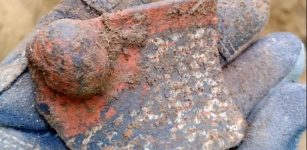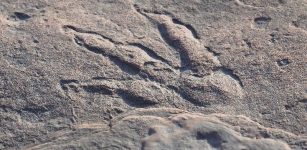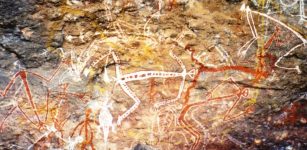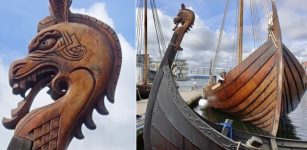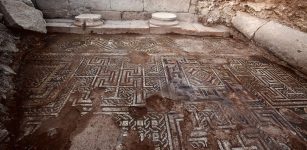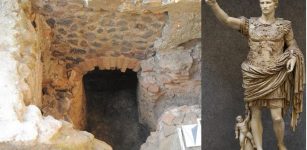Rock-Cut Tomb Of Pennut, Viceroy Of Nubia Under Reign Of Ramses VI
MessageToEagle.com – Many ancient monuments have been rescued from rising waters of powerful Nile river.
One of them is rock cut ‘Tomb of Pennut’, which is located in Aniba, Lower Nubia, approximately located 140 miles south of Aswan.
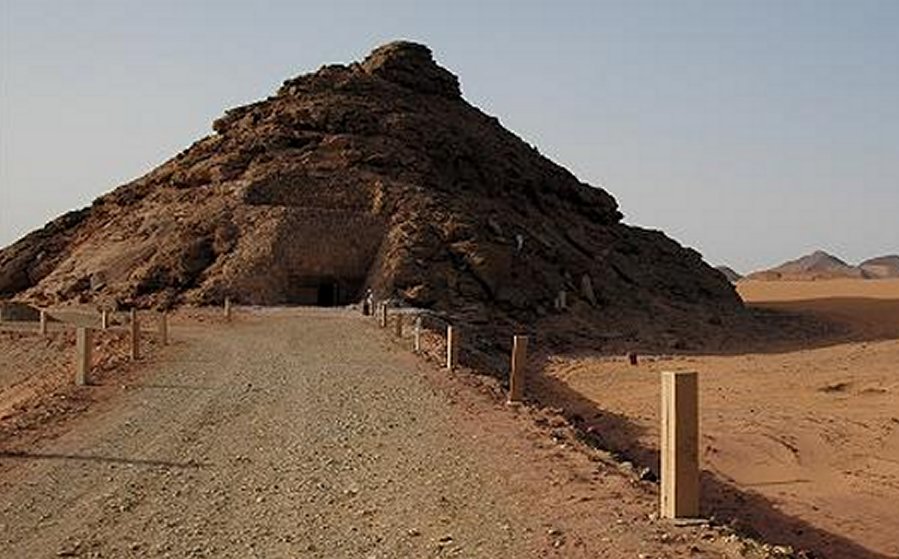
The tomb belongs to Pennut, Viceroy of Kush, also known as “King’s Son of Kush”. This Egyptian official lived at the time of Ramses VI (1143-1136 BC) and was supervisor of the province of Aniba, which was an important town known as ‘Mi’am (Miam) in ancient times. Pennut’s title in the administration of Ramesses VI was “Deputy of Wawat and Miam.”
See also:
Taharqa – The Most Powerful Of The Black Pharaohs
Ancient Great City Of Napata In The Kingdom Of Kush
Today Aniba does not exist; it is flooded by the Lake Nasser, but once, it was the seat of the governor and other important officials.
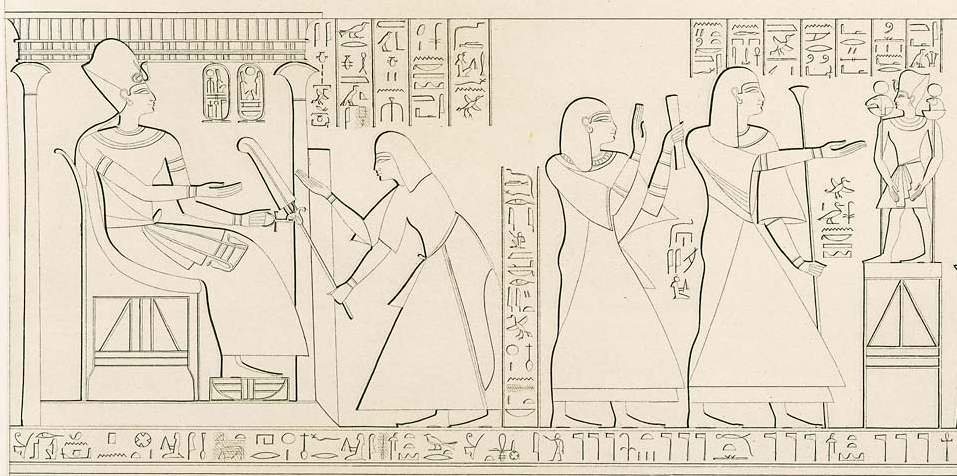
A prominent Egyptology Professor George Steindorff (1861-1951) found the tomb during the excavations, at the second raising of the Aswan Dam.
The tomb of Pennut, a small, well-preserved Nubian rock-cut tomb, with the entrance leading into a chamber 6.5m (21ft) wide by 2.8m (9ft) deep).
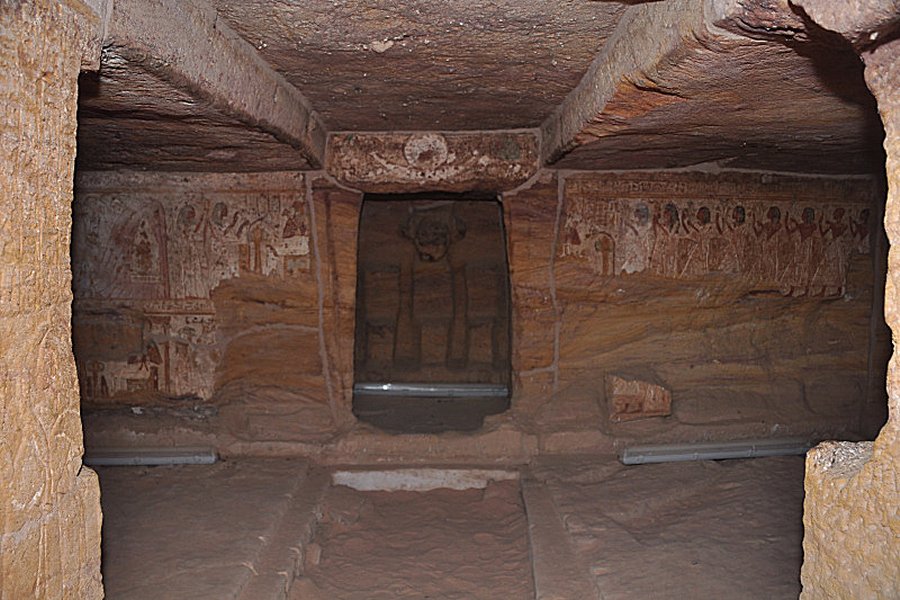
Except for a small offering chapel, there is also a niche at the rear, and a series of reliefs depicting different personalities and events from the viceroy Pennut’s life, members of his royal family and even Pennut himself, presented with Ramses VI’s gift.
There are also scenes associated with the afterlife The tomb has several well-preserved inscriptions.
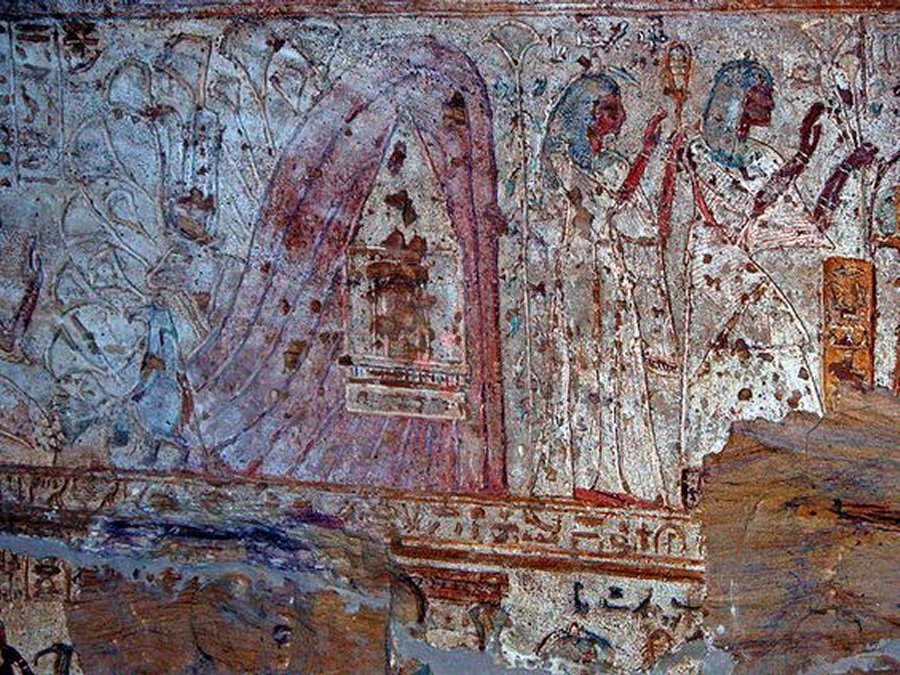
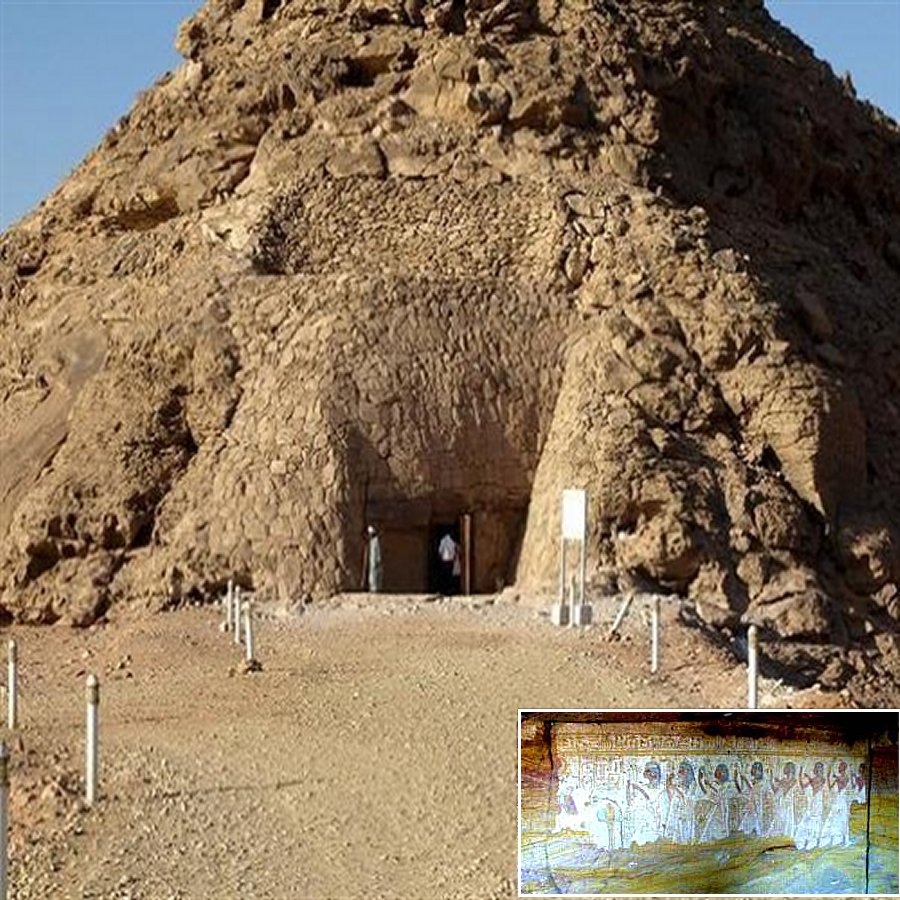
Archaeological studies of the tomb revealed that Pennut was an important Nubian figure, whose relatives held the office of “Scribe of the white House and Mayor of Mi’am” and the office of “Treasurer of the Lord of Two Lands of Mi’am”.
However, the tombs of these personalities have never been discovered.
Copyright © MessageToEagle.com This material may not be published, broadcast, rewritten or redistributed in whole or part without the express written permission of MessageToEagle.com
Expand for references
